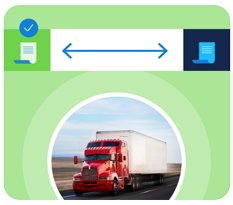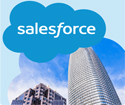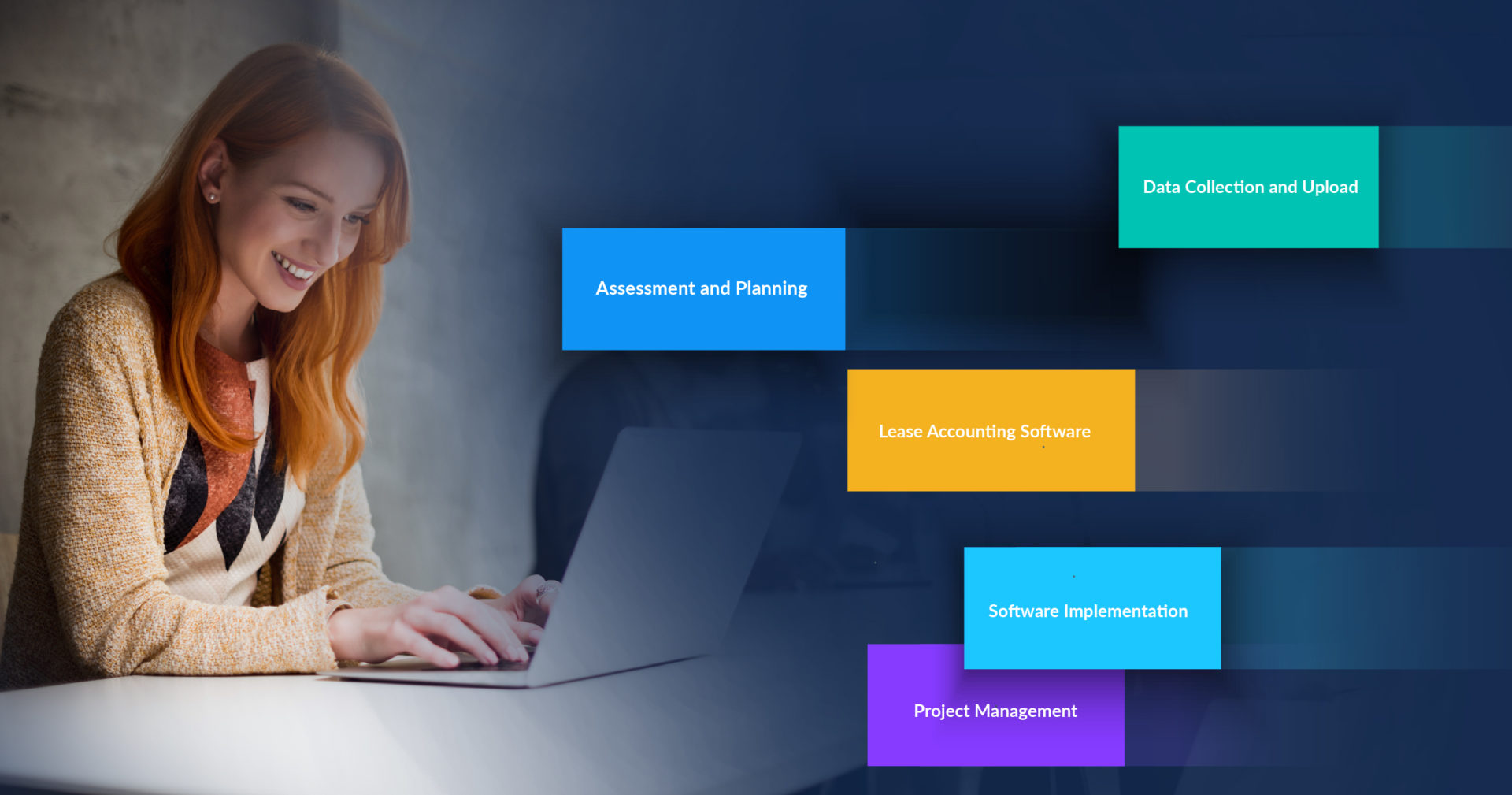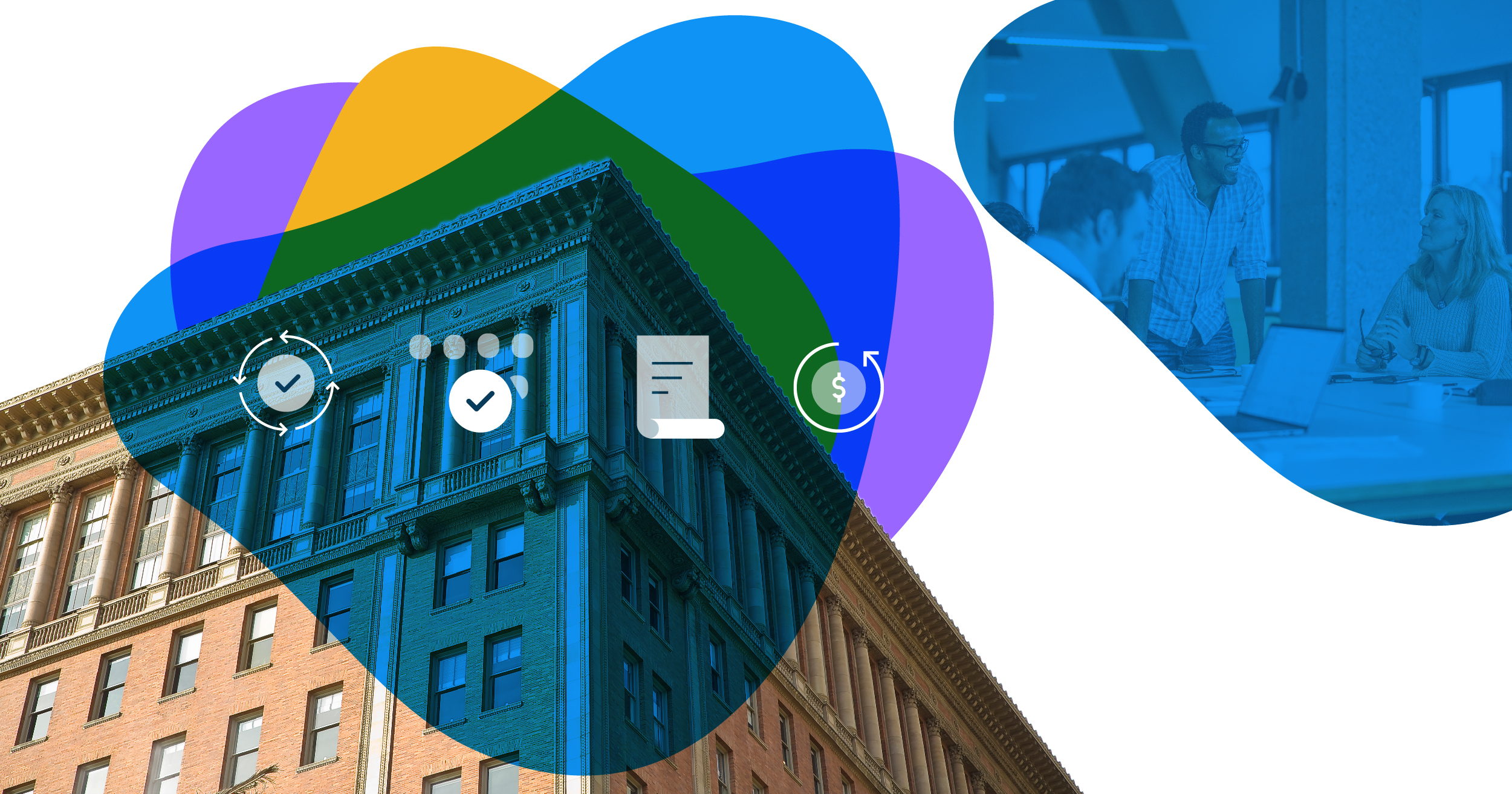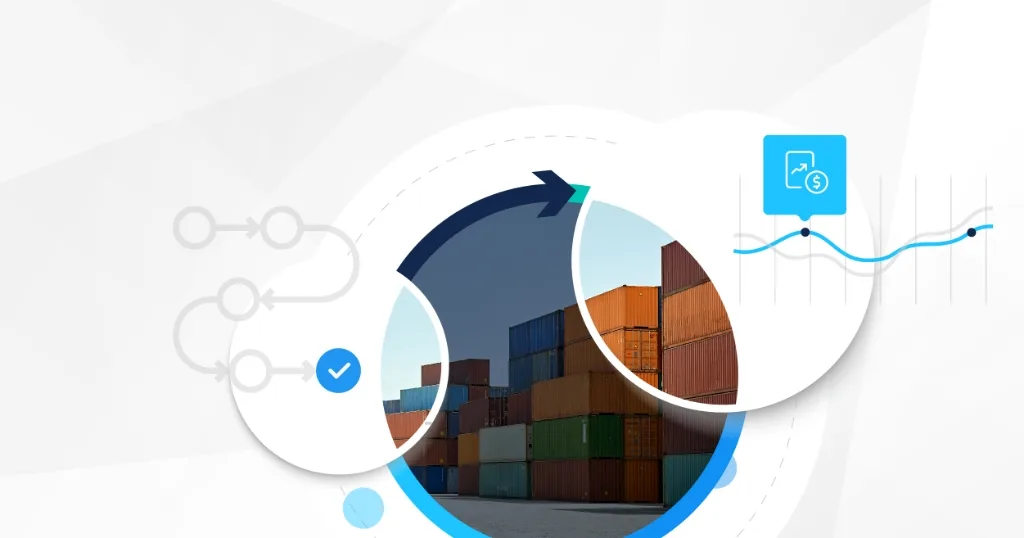A key factor in the success of your lease accounting compliance project will be to properly budget for the incremental resources and costs needed to successfully comply with lease accounting standards like ASC 842, IFRS 16, and GASB 87. Most organizations will need to purchase a specialized lease accounting software application in order to achieve and maintain ongoing compliance. If their lease portfolio is large and/or complex, they may also need to get help from outside consultants to implement the software—especially with collecting and populating all the necessary lease data.
Budgeting for your lease accounting project will be challenging as there are few, if any, external benchmarks available to use as a foundation for your assumptions and estimates. The lease accounting standards are still new for private companies, and although private companies can look to public companies for estimates, each company’s leasing portfolio varies significantly.
Below we will walk you through the five major line items that you will need to budget for, and will provide details on the key cost elements to consider.
1. Assessment and Planning
You will need to invest time to understand the strengths and weaknesses of your current leasing business processes, systems, and controls. Additionally, you will need to adjust the future state of such functions to reflect the recent accounting standards.
You may need some help from outside consultants to assess the impacts to your financial reporting, tax strategy, debt, and leasing programs. You will have many questions to address:
- Do you need to conduct a pro forma analysis of the impacts to your balance sheet and income statement?
- Do you need to assess the impacts of changed financial ratios such as return on assets (ROA) to bank loans and debt covenants?
- Do you need to assess the impacts to sales, property, and income taxes across various states, countries, and municipalities?
You will also need to conduct an assessment of the current lease administration and accounting program across your enterprise:
- What are the systems, processes, and controls in place today?
- What changes will be required to comply with the recent accounting standards?
You will need to assemble a cross-functional team of experts from Accounting, Finance, Treasury, Procurement, Real Estate, IT, and Operations to conduct this assessment. Larger companies should consider hiring an outside expert, such as a Big Four firm, to help with the analysis of financial reporting, tax strategies, and leasing programs. Outside advisors can help you understand best practices in the industry and how your peers are each approaching the challenges associated with the updated standards. Your budget should include estimated fees for these consulting engagements, which will likely be concentrated in the first few weeks of the project.
2. Lease Accounting Software
You will need to budget for software licenses (or subscriptions) and maintenance fees, as well as costs for the associated server hardware, data center, and hosting fees.
You will need to select a lease accounting software package that has the functionality to address your organization’s applicable lease accounting standards. The application will need to include a database to track all the key contract terms for your leases at the asset level: start and end dates; base and variable rents; and termination, extension, and buyout options. Additionally, it will need to have the ability to store all related master lease agreements, schedules, purchase orders, and invoices. Most importantly, the software will include a lease accounting subledger that can generate the necessary journal entries for the FASB standards.
Enterprise-class lease accounting software is typically priced based upon the number of end users or the number of leases. Ongoing annual costs will vary depending upon which software deployment model you prefer. You can have your IT team run the software in your own data center or subscribe to a software-as-a-service (SaaS) delivered in the cloud.
If you prefer to run the software in your own data centers, you will not only need a license, but will likely have to pay annual software maintenance fees. Averaging 15-20% of the original license costs, maintenance fees offer access to software upgrades and ongoing technical support. And don’t forget the associated server hardware, database licenses, and data center infrastructure that will be needed to run the lease accounting software. For the SaaS option, the license fees and maintenance fees are replaced with a monthly or annual subscription cost that includes the software, hardware, upgrades, support, and hosting.
3. Software Implementation
As with any application, it’s important to configure the software so that it meets the specific needs of your business. You’ll need to decide between rapid deployment options, based on proven best practices that deliver a standardized and fast lease accounting application, versus a more personalized approach where you configure the software to match your specific business processes, accounting policies, and leasing programs. To ensure that your lease accounting software is always up-to-date, you will need to integrate it with other enterprise applications such as the ERP General Ledger, Accounts Payable, Asset Management, Fleet Management, and Real Estate Lease Administration.
You will need to perform functional testing on the new application to ensure that it produces proper accounting results for all applicable lease accounting standards. Once you have worked through all the accounting bugs, you will want to conduct user acceptance testing with key members of your accounting organizations. Then, you will need to train and roll out the software to the broader user community, which might include members of the Real Estate, Accounts Payable, and Operations teams.
For larger, more complex lease portfolios, you may consider getting outside help implementing the standard, rolling out the software, and conducting user training. This expertise can often be obtained from the lease accounting software vendor’s professional services team, a Big Four firm, or another specialized IT consulting firm. Your budget should include estimated consulting fees for the software installation, customization, integration, testing, training, and deployment activities. These costs could be significant, and in many cases more than the dollar value of the software licenses themselves.
4. Data Collection and Upload
The data capture and upload process will be the most time-consuming aspect of your lease accounting project. At most companies, leasing data is not warehoused in a single enterprise-wide repository. It is scattered across various spreadsheets and applications. Some leases may even be stored in a binder on someone’s desk or in a file cabinet in their office. You will need to locate each of the lease schedules for all your real estate, fleet, IT, and other equipment leases.
Next, you will need to perform a data abstraction process. Each lease will need to be reviewed to identify and capture the relevant lease data elements. The process can be accelerated by the use of automated “data abstraction” software, which uses machine learning to scan and interpret leases. Expect that for many of your leases you will have to research missing fields. You will also need to investigate inconsistencies in the lease data that might arise from comparing different sources.
The data capture and upload process can be quite time consuming. Estimates vary between two to eight hours per lease, and companies most likely do not have resources sitting idle ready to perform this data collection. Furthermore, the analysis of complex leasing contracts to identify the key accounting information is not a trivial exercise. Most companies will look for outside experts to help, especially for large portfolios. Your budget should include an estimate of fees for outside consultants to identify, analyze, abstract, and upload data, as well as any fees for data abstraction software.
5. Project Management
A large-scale project like lease accounting requires focused oversight and governance for success. You will need an executive sponsor and dedicated project management resources to ensure that plans remain on schedule, on budget, and within scope.
The executive sponsor will champion the initiative, clear potential obstacles, and secure the necessary budget for the project. The project management function will also serve to on-board new team members, monitor for potential risks, and escalate time-sensitive issues. Your budget should include the hiring of a new project manager or the re-assignment of an existing resource. Ideally, you should find a project manager that has prior experience with finance and accounting initiatives. Expect the project manager to spend at least 20 hours per week, if not all 40, facilitating the communications and tasks between outside consultants and in-house resources.
How can we help take out the complexity of this project?
- Now that you have the biggest lease accounting project budget line items, let us help you simplify the next steps to kickstart your project! Connect with one of our lease accounting experts to get a time estimate and quote for your project.
- To continue learning about project budgeting, check out our lease accounting compliance toolkit that includes resources like a budget spreadsheet and the 100 data fields you will need to collect.
- To learn more about how your organization can stand-up lease accounting automation in 8 weeks or less, check out the LeaseAccelerator Guarantee.


